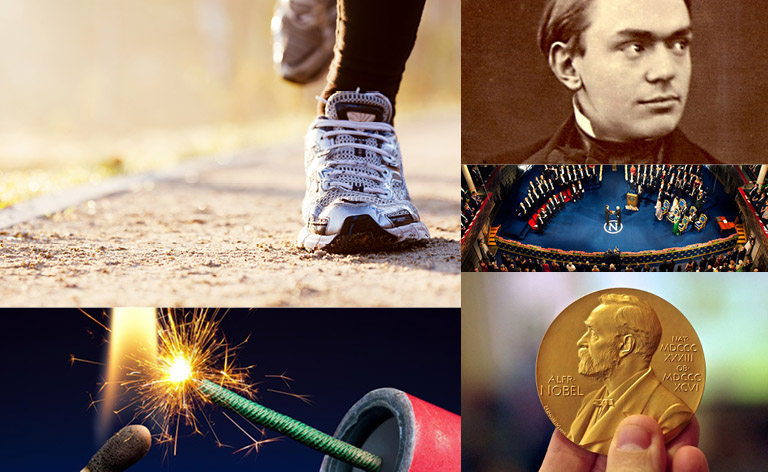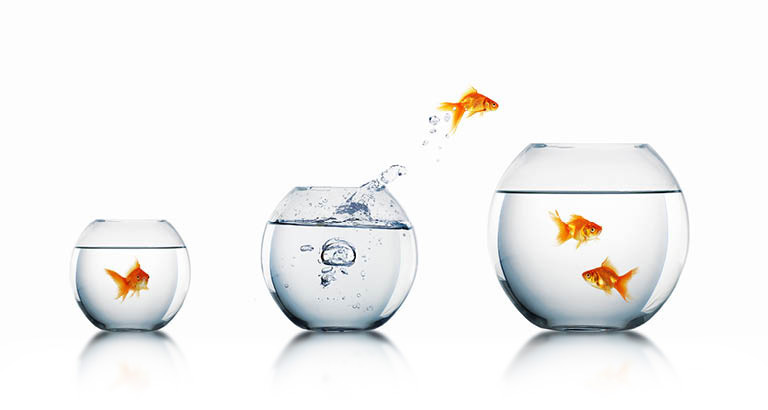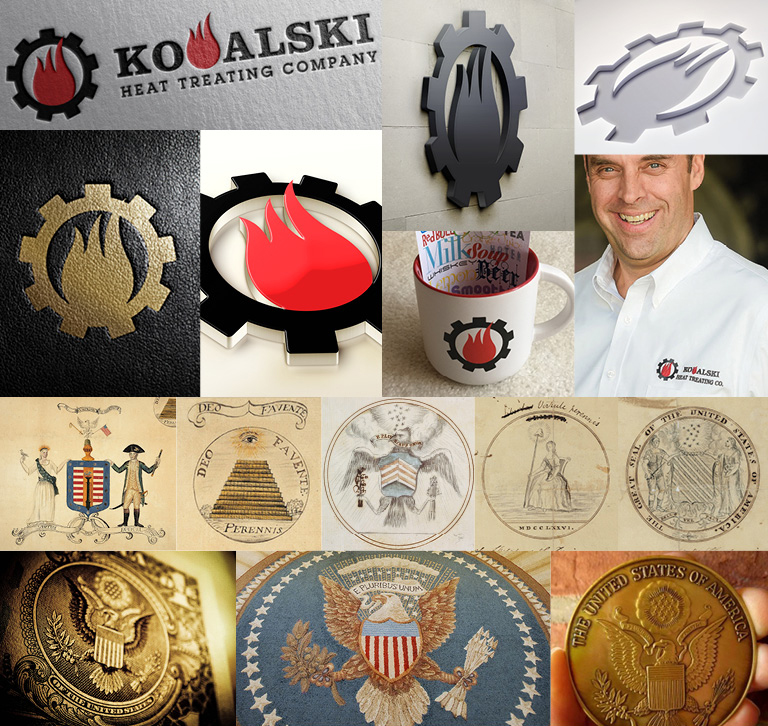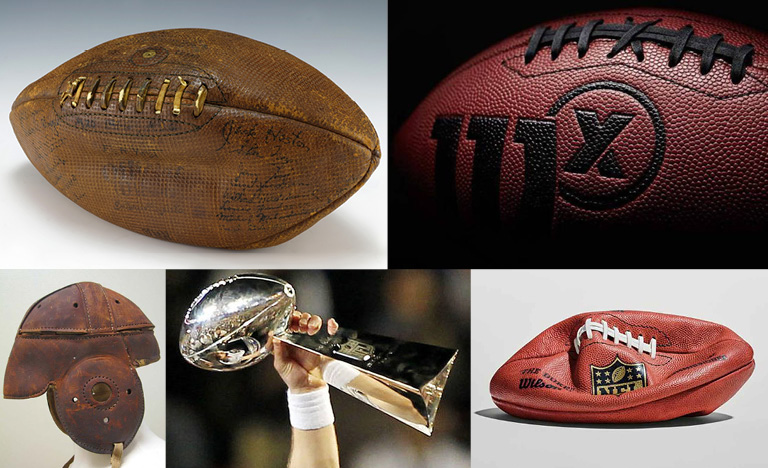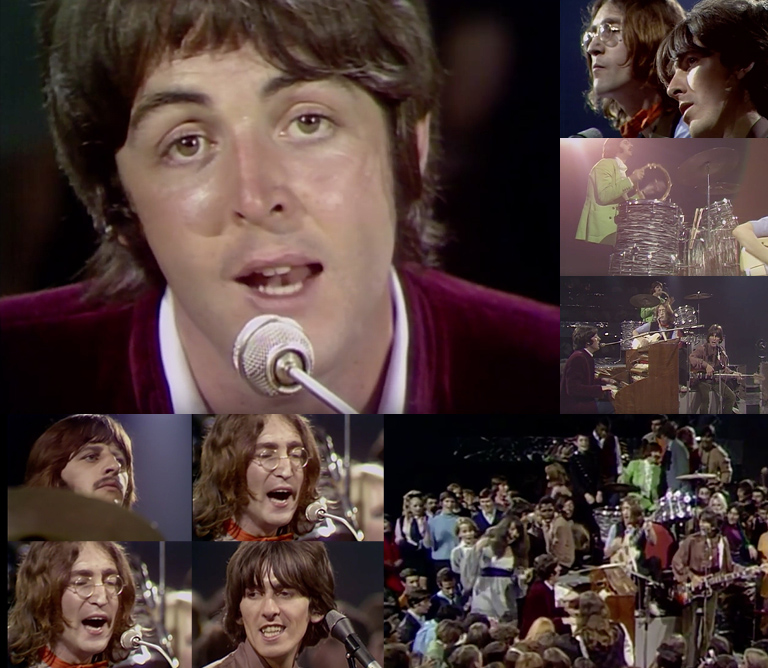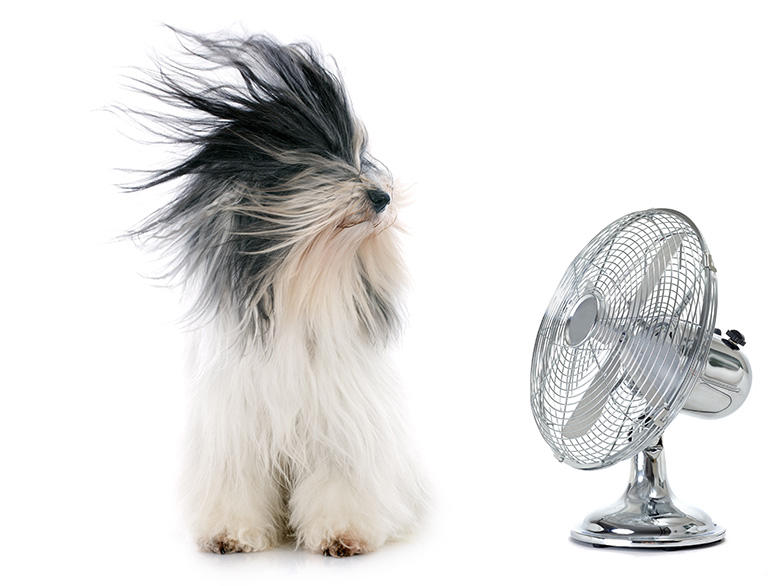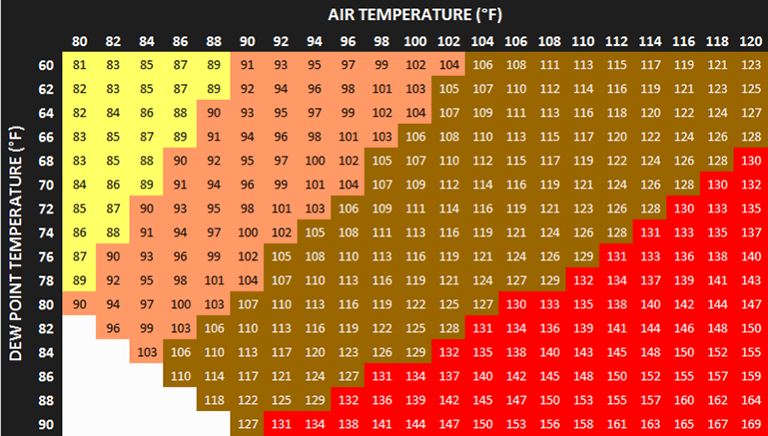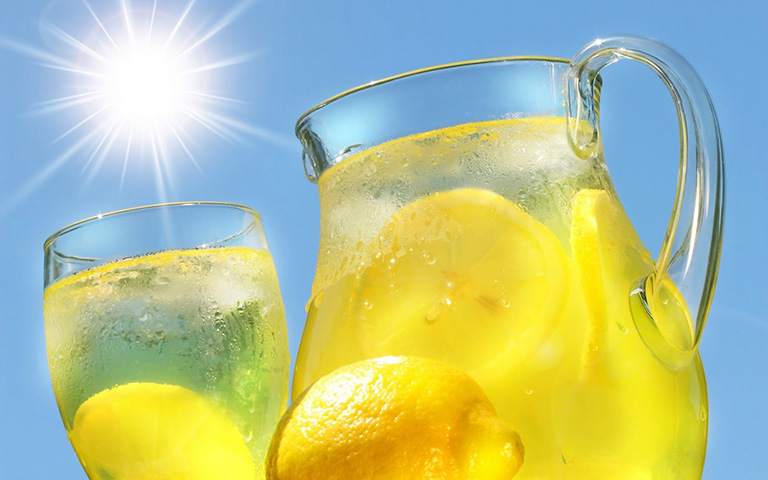Fall Is More Than Just Blue Jays in Town

Some of our feathered friends: (Clockwise from top left) Broad-winged Hawk, Snowy owl, Red-breasted Merganser, Ruddy Duck, Golden Eagle, White-winged Crossbill, confused with canaries?: the American Goldfinch (L) and the Evening Grosbeak (R), Canvasback Duck.
While working in the yard this week (awesome weather), I noticed some new and unusual bird calls and birds in the bushes. It peaked my interest, so I looked online to learn that Fall brings with it many changes to Ohio’s bird life. According to Bill Thompson, editor of Bird Watchers, and some other birders I found, and in what has become an almost annual tradition here at KHT here’s what we can look forward to:
- September/October brings many changes to Ohio’s bird life, as this month is the peak of fall songbird migration. Even though there are probably more birds passing through the state in fall, their passages are much more subdued than in spring. Plumages are muted and generally lacking the festive hues that many warblers and other songbirds sport in spring.
- By October, the warbler migration is past peak, although a few species, such as Yellow-rumped Warbler, are moving strongly. Sparrow migration has picked up, and will be a major feature of the month. Many short-distance migrants such as Golden-crowned and Ruby-crowned Kinglets, Hermit Thrush, Winter Wren, American Pipit, and others appear. Shorebird migration continues strongly through the first half of the month. Waterfowl migration is picking up, and many dabbling ducks are numerous throughout most of October, although geese, swans, and diving ducks tend to peak later.
- We can find the American goldfinch, brightly colored and abundant little finches who favor the use of thistle down and other late-to-mature plant matter in the construction of their nests.
- Migration hotspots like Magee Marsh Wildlife Area, Black Swamp or Green Lawn Cemetery in Columbus are excellent places to observe fall migrants. On a good day, these sites and others like them can be filled with blackpoll, bay-breasted, Cape May, and yellow-rumped warblers, among others. (see links below)
- A number of species of birds, especially shorebirds, have elliptical migration routes that take them mostly west of Ohio in spring, but right through the Buckeye State in fall. If you want to add buff-breasted or Baird’s sandpiper to your bird-watching list, you’ll definitely want to go explore Ohio’s fall mudflat scene. Even some songbirds like the Connecticut warbler display similar migration routes and are best seen in this month. The elusive Connecticut warbler is the hardest of our regularly occurring warblers to find, spending much of its time furtively skulking in dense shrubbery, and more than one longtime Ohio birder has yet to add this one to the list.
- In late September/early October, it’s wise to watch the skies, as hawk migration time arrives. The most dramatic species in terms of numbers are the broad-winged hawks. Forming flocks known as kettles, the peak passage of broad-wings is around the third week of September, and the vicinity of western Lake Erie is the best place to catch big flights. In Sept 2002, it was in this area that some 20,000 (never to be seen in those kinds of numbers) red-tailed, Cooper’s, and sharp-shinned hawks were seen high overhead.
- If you want to see a migrating golden eagle, park yourself in the heart of the Oak Openings this month, because that’s when and where the most hugest! raptors are seen in our state. It’s a good time to look for that medium-sized falcon, or the merlin, in wide-open places like Big Island or Killdeer Plains wildlife areas, too.
- Birders eagerly rub their hands in anticipation of winter finch invasions, such as evening grosbeak, purple finch, pine siskin, and red and white-winged crossbills. – – October and November are generally when the first invaders arrive on the scene. While these and other northern irruptives like red-breasted nuthatch and northern saw-whet owl are notoriously cyclical in numbers from year to year.
- Waterfowl begin to stage big movements in our marshes as October fades to November, and perhaps the wild hordes of Canada geese are the most obvious of this group. While not as vociferous as the geese, Ohio marshes become packed with many species of ducks, including northern shoveler, blue-winged and green-winged teal, and northern pintail. Reliable as clockwork, mid to late November brings the flocks of tundra swans, that are best seen as they migrate along the Lake Erie shoreline. Another big, spectacular bird stages flights through western Ohio and even queues up in flocks to roost at favored mudflats, such as at Deer Creek Reservoir.
- As November windes down, we’ve usually had our first taste of snow, and shirtsleeve birding is a thing of the past. The arctic visitors such as rough-legged hawk have returned, and snowy owls will start to be seen in favored Lake Erie haunts. Huge numbers of red-breasted mergansers form flocks so large in the offshore waters of Lake Erie that observers can’t believe their eyes and accurate estimates are nearly impossible. As many as 100,000 of these fish-eaters have been seen flying past one location in 10 minutes! Other hardy diving ducks become common on our great lake in November, too, including canvasback, ruddy duck, bufflehead, and American goldeneye. Constantly whirling overhead are the gulls, which pick up in numbers and diversity as winter sets in. Great black-backed gulls become more numerous, and giant flocks of Bonaparte’s gulls congregate in harbors and river mouths.
- Late November/early December, is high time to have your feeders up and filled, as backyard birds will be eagerly seeking handouts by now. That perennial snowbird, the dark-eyed junco, is back in force, and American tree sparrows have begun to appear. Acclimating your yard birds to the feeders now should insure a steady supply of feathered friends throughout the coming winter.
For more info, click HERE for great birding hotspots in Ohio.
And to learn more about clubs and places to visit, use these handy links below:
• Bird Cinema
• Black River Audubon Society
• Black Swamp Bird Observatory
• Black Brook Audubon Society
• Cleveland Audubon Society
• Akron Audubon Society
• Kirtland Bird Club
• Western Cuyahoga Audubon Society

